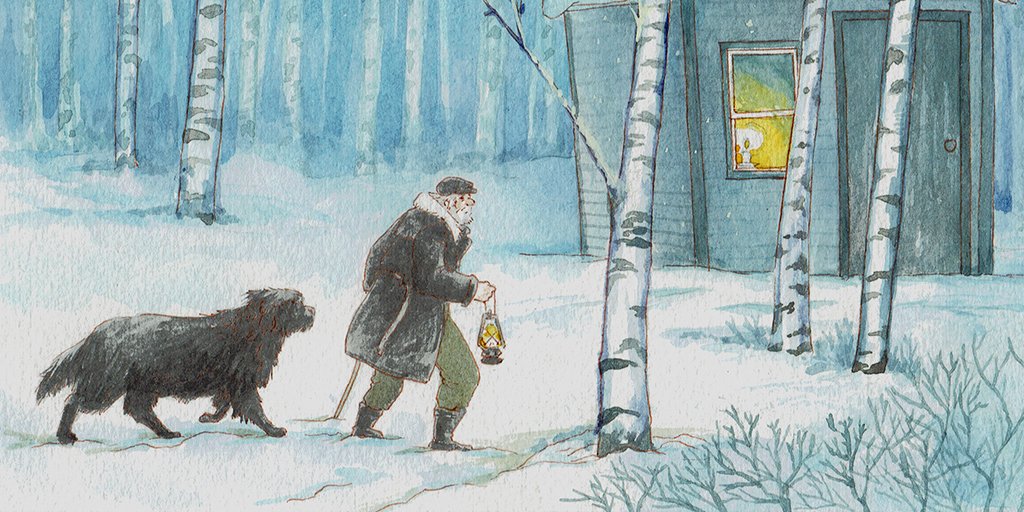Self-published
This article summarizes the professional experience of T. K. Diem Nguyen, an expert watercolor illustrator, especially for Self-published authors.
While illustrators can work from a story, there are often many variables in translating words into images. Think of a passage like “a little girl running alone through the woods, terrified.” You might imagine a dark, ancient forest with branches shaped like ghostly hands, while your illustrator might see a pine forest covered in white winter snow.
To ensure the illustration truly becomes a visual extension of the story, I highly recommend creating clear scene descriptions before starting any illustration work. This process helps the illustrator and the client – especially self-published authors – better understand each other and uncover deeper ideas to express the story.
Below are some important notes I’ve gathered from my years of experience as a book illustrator.

1. Basic information in a scene description
At its core, every description should cover two main elements: Character and Background.
About the character: How old are they? Male or female? What is their body type? Ethnicity? Hair, eye, and skin color? What are they wearing? What are they doing? How is their expression?…
In addition, if there are multiple characters appearing regularly, it’s helpful to create a character sheet with notes detailing each character’s features.
About the background: Where does the scene take place? Day or night? What season? Are there special items in the background? Any specific details about the environment or weather?…
Also, if the background is based on a real location and needs to be accurately depicted, you should provide clear, detailed reference photos.
2. Focus on visual details
Describe elements that can be seen: shapes, colors, tones, specific numbers, or sizes.
For example, instead of saying “I want a whimsical, romantic scene,” say “I want lots of flowers and butterflies in this scene.”
Also, instead of vaguely saying “the kids are playing,” say “the kids are kicking a ball in a field,” or “the kids are splashing in a small stream.”
The more specific you are, the more time and effort we’ll save on edits due to misunderstandings.
3. Illustration format
The illustration is a part of the book, not a separate painting. The illustrator needs to know whether the scene will appear as a spread, a single page, or a spot illustration.
It’s also important to clarify if space for text is needed on the illustration, and if so, how much, and where (e.g., how many inches or centimeters from the top or bottom edge).
As a result, this information helps determine the safe zone, where the main elements are placed without being affected by gutters, margins, or overlapping text.
For projects without finalized formats or unfinished text that still require illustrations first, the safest option is usually a spot illustration with soft edges, which can be placed anywhere in the book without causing book layout issues.
You may also want to read “About Book Size.”
I hope this article is helpful. If you’re a self-published author, looking for a professional watercolor illustrator, or have a story you’d like to bring to life, please feel free to contact me – I’d be happy to help you get started.


Comments
One response to “Self-published: How to Create great scene descriptions”
[…] Read more: How to Create Clear Scene Descriptions for Illustrators […]